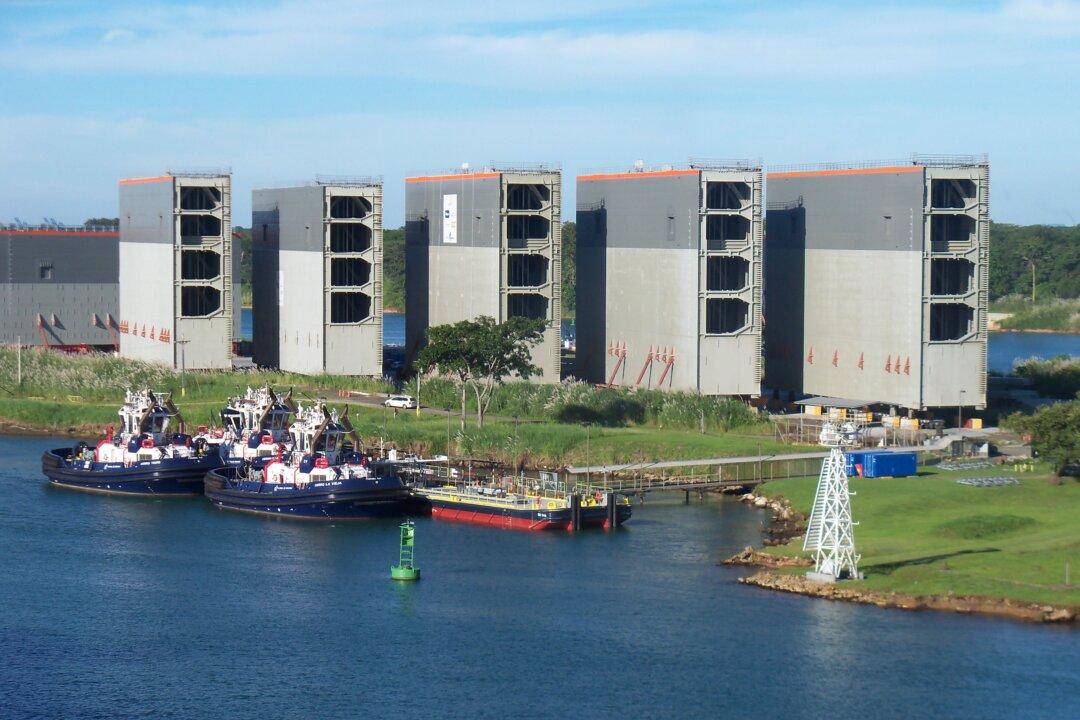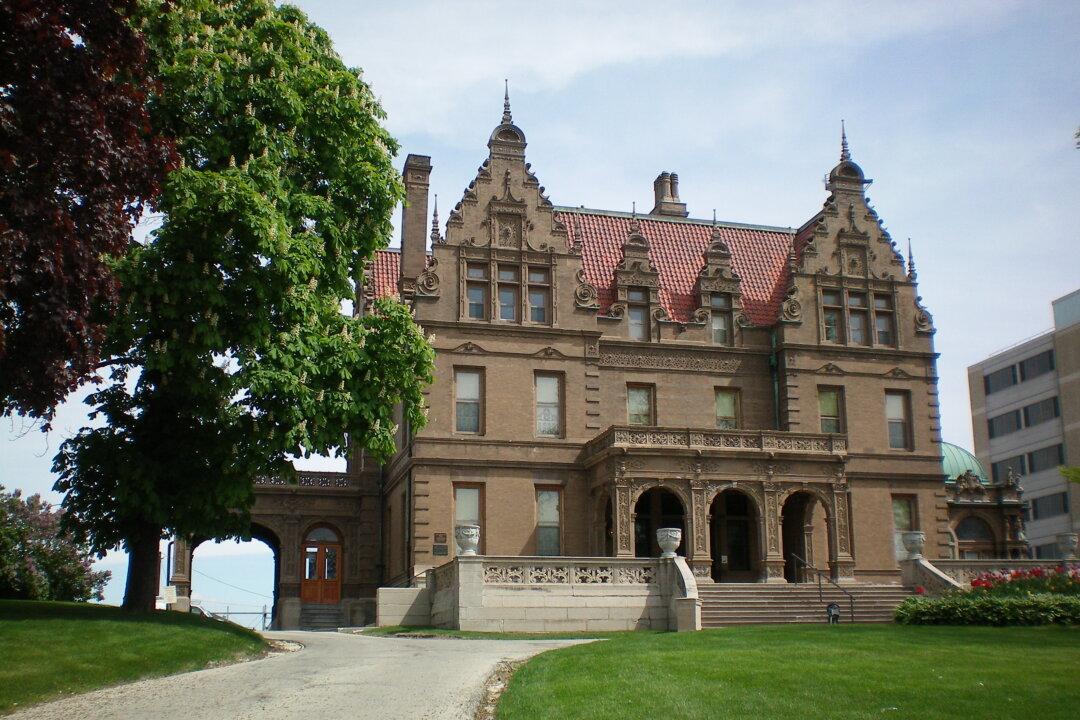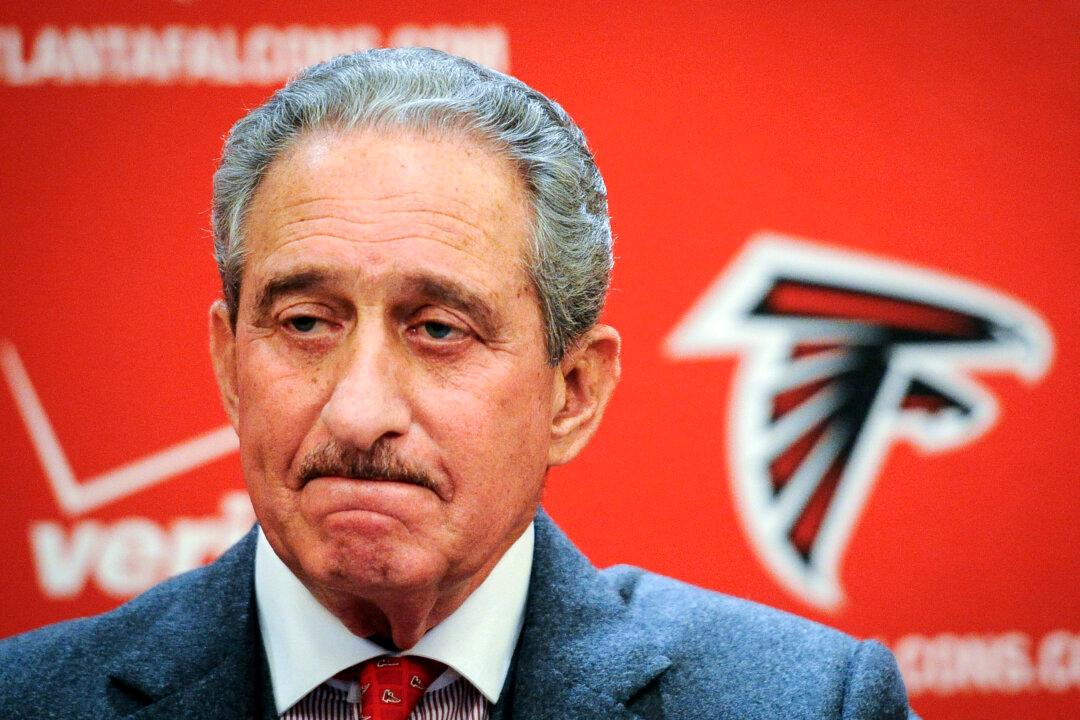Panama is expanding its canal, and a delegation came to Atlanta from Panama to win friends and influence people. Georgia is deepening its Savannah port in order to accommodate the giant ships the new canal can allow. Leo González, Panama Pacifico government agency administrator, Commercial Manager Robert Pereira, and Frank Terracina welcomed me to a burgundy and gold meeting room at the downtown Ritz on Aug. 28. They spoke with pride and optimism about the canal and their mixed-use development project.
I had a wistful thought. America built the Panama Canal 101 years ago. It’s one of the Seven Wonders of the Modern World, according to the American Society of Civil Engineers. Would we have the will and unity to do something that big today? Right now it seems we cannot even agree to fix our roads and bridges, much less create a wonder.





